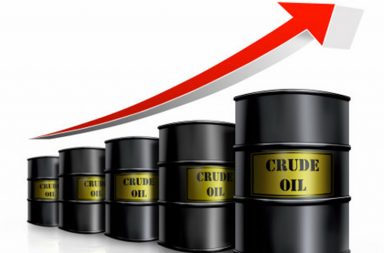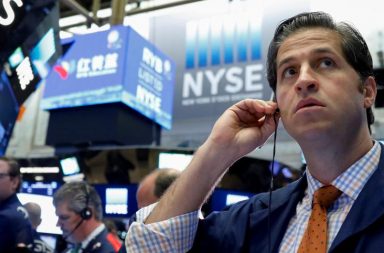On Monday, oil prices reached their highest since July 2015 as Saudi Arabia’s crown prince reinforced his reign through an anti-corruption suppression over the weekend and markets continued to tighten.
Brent crude futures were trading at $62.33 a barrel, 26 cents higher after reaching a peak of $62.90, a 28-month high.
U.S. West Texas Intermediate crude increased to $55.89 a barrel, a rise of 25 cents. It broke above $56 for the first time since 2015.
Saudi Crown Prince Mohammed bin Salman strengthened his rule with numerous arrest of royals, ministers and investors throughout his nation. Arrests included billionaire Alwaleed bin Talal and Prince Miteb bin Abdullah the leader of the National Guard.
Prince Mohammed’s restructuring includes a strategy to list a portion of oil company Saudi Aramco and a rise in the oil price to increase its market capitalization.
Giovanni Staunovo, oil analyst said, “We believe the kingdom will stick to the OPEC+ deal and continue to focus on reducing global oil inventories”. It is anticipated for the OPEC to extend the cut of roughly 1.8 million barrels per day for the remainder of 2018.

THE MORNING REPORT
Start your workday the right way with the news that matters most.
Your information is 100% secure with us and will never be shared Disclaimer & Privacy Policy
Last week, U.S. energy companies eliminated eight oil rigs, the largest reduction since May 2016, which contributed to the gain. Analysts believe demand for oil remains strong while supplies are reduced.
“Synchronous global economic growth and new supply disruptions are creating the most constructive oil price environment since … 2014,” according to Barclays. The company increased its prediction of the average Brent price for the fourth quarter to $60 a barrel an increase of $6.
Data has also disclosed that money managers had boosted their net long holdings of Brent crude futures and options by 23,500 contracts. Money managers also increased their net long commitments on WTI by 63,072 contracts.
 D. Marie
D. Marie 




